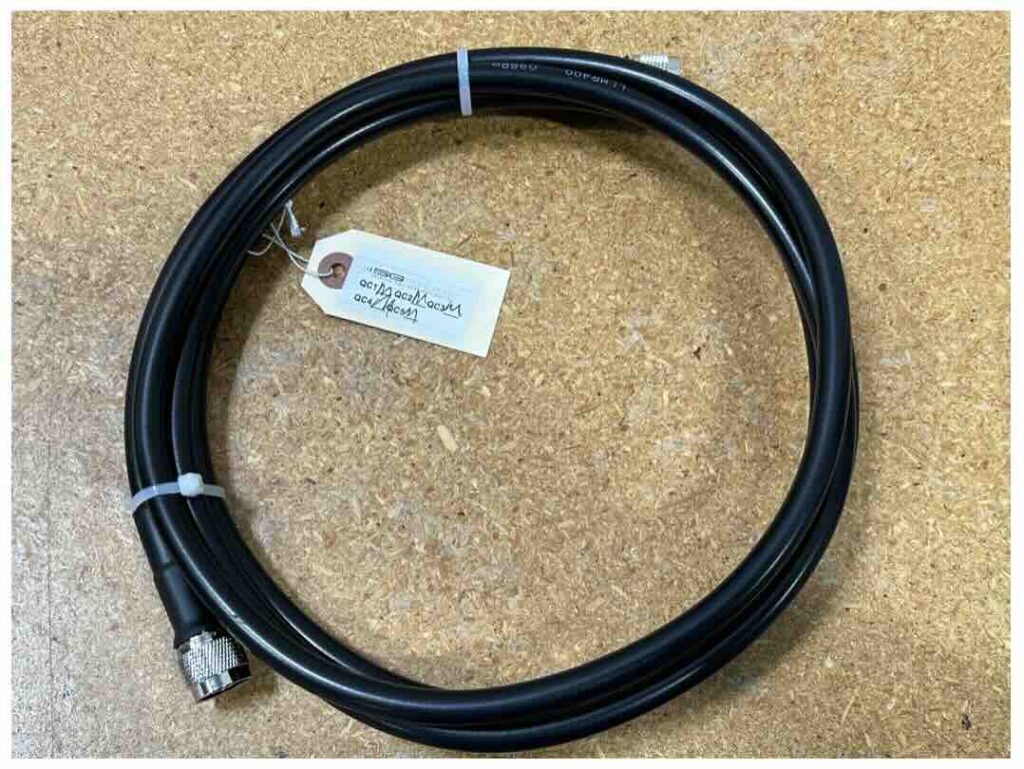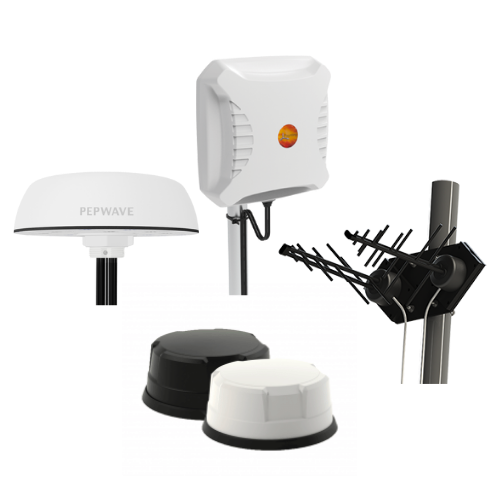When it comes to enhancing cellular connectivity, choosing the right antenna is crucial. Two of the most common options are omnidirectional antennas and directional antennas. Each type has its strengths and use cases, and understanding these can help you optimize your cellular setup for performance, reliability, and cost-effectiveness.
What Are Omnidirectional Antennas?
Omnidirectional antennas are designed to receive and transmit signals in all directions. They are typically used in situations where the cellular signal comes from multiple towers or the direction of the signal source is uncertain.
Key Features of Omnidirectional Antennas
- 360-degree coverage: Ideal for environments with signals coming from various directions.
- Ease of installation: No need for precise alignment, making them simple to set up.
- Durability: Many models are weather-resistant, suitable for both indoor and outdoor use.
What Are Directional Antennas?
Directional antennas focus their energy in a specific direction, making them more powerful and effective for reaching distant or weak signal sources.
Key Features of Directional Antennas
- Focused coverage: Concentrates signal strength in a single direction for improved range and signal quality.
- Greater reach: Suitable for areas with distant cellular towers.
- Higher gain: Often provides stronger signals than omnidirectional antennas.
Omnidirectional or Directional Antennas: A Comparison
| Feature | Omnidirectional Antennas | Directional Antennas |
| Coverage | 360 degrees | Focused in one direction |
| Ease of Installation | Simple setup | Requires precise alignment |
| Signal Strength | Moderate | High in the focused area |
| Best Use Cases | Urban areas, mobile setups | Rural areas, fixed installations |
When to Choose Omnidirectional Antennas
You might want to choose an omnidirectional antenna in the following scenarios:
- Urban Environments: In cities, cellular signals often come from multiple directions, making 360-degree coverage advantageous.
- Mobile Applications: For vehicles, RVs, or boats that move frequently, an omnidirectional antenna ensures consistent connectivity.
- Ease of Use: If you’re looking for a straightforward, plug-and-play solution, omnidirectional antennas are the way to go.
When to Choose Directional Antennas
Directional antennas are better suited for:
- Rural Areas: In locations where cellular towers are far away, the focused gain of a directional antenna can improve connectivity.
- Fixed Installations: For stationary setups like homes or offices, aligning a directional antenna with the nearest tower ensures optimal performance.
- Overcoming Obstacles: If your signal is blocked by buildings, trees, or terrain, pointing a directional antenna toward a tower can enhance reception.
Considerations for Selecting Your Antenna
When deciding between omnidirectional or directional antennas, consider these factors:
- Signal Environment: Use a signal strength app or a cellular signal analyzer to determine where towers are located.
- Mobility Needs: If your setup will move frequently, an omnidirectional antenna is more practical.
- Distance to Towers: For long distances, the high gain of a directional antenna is beneficial.
- Budget and Complexity: Directional antennas may require more time and effort to install but can provide superior performance in the right conditions.

Complementing Antennas with Accessories
Regardless of the antenna type you choose, accessories like low-loss coaxial cables and mounting kits can further optimize your setup. Weatherproofing components are essential for outdoor installations, ensuring long-term durability and performance.
Omnidirectional or Directional Antennas: Making the Right Choice
Both omnidirectional and directional antennas have their place in improving cellular connectivity. By assessing your environment, mobility needs, and signal challenges, you can select the option that best suits your specific requirements. Remember, understanding the key differences between omnidirectional or directional antennas will empower you to make an informed decision and enjoy enhanced cellular performance. For further information and help with comparing different options, use the 5Gstore Antenna Search or reach out to one of our experienced representatives for guidance!

